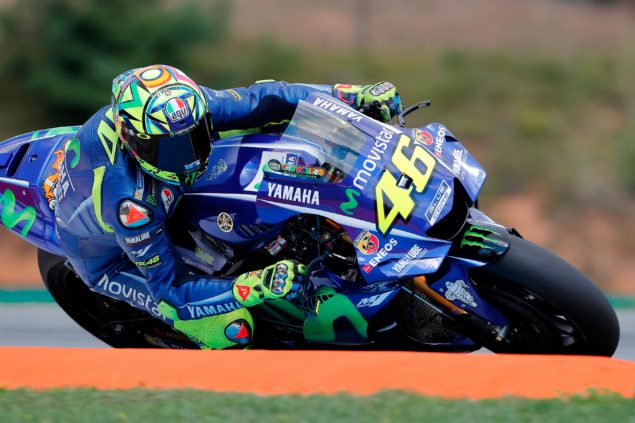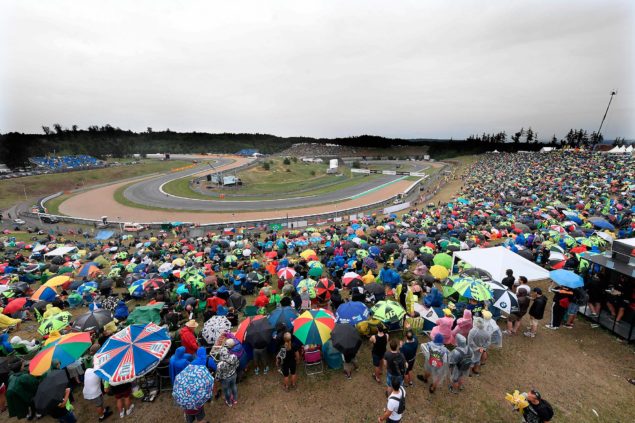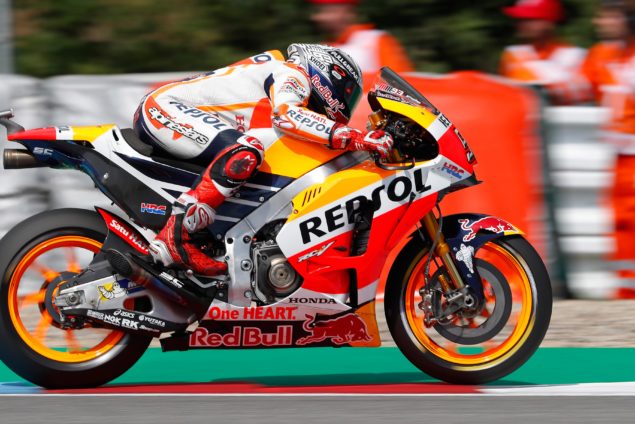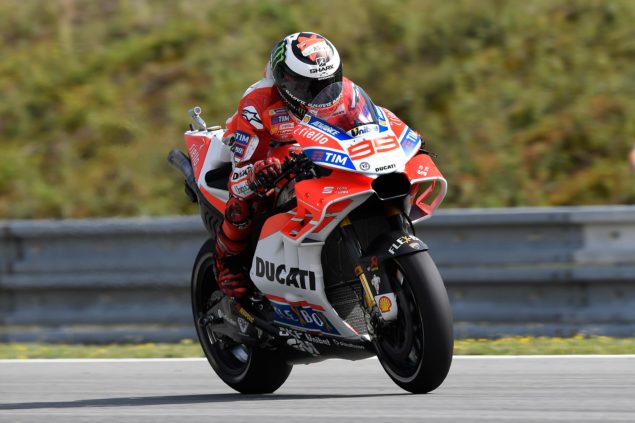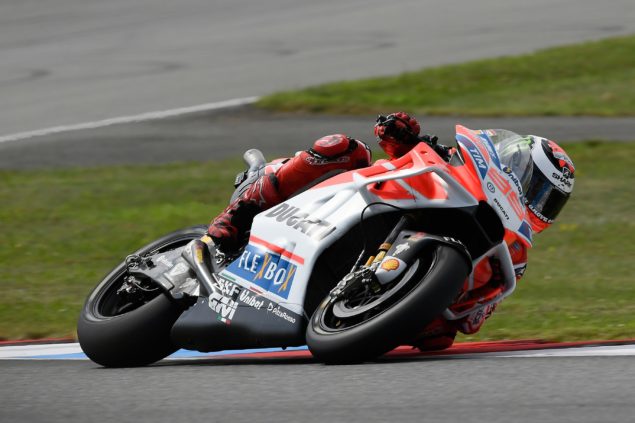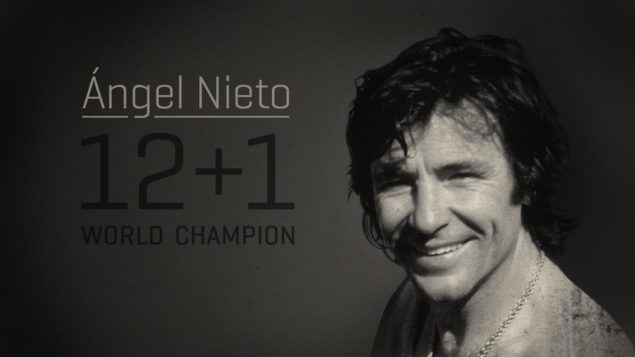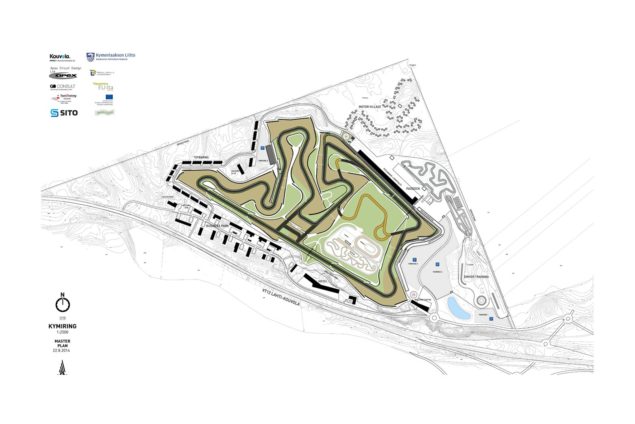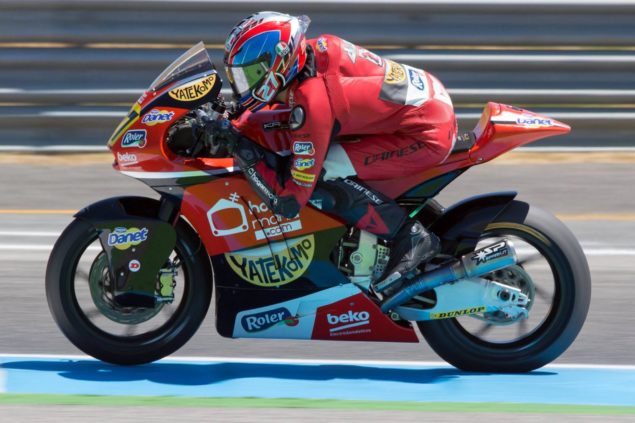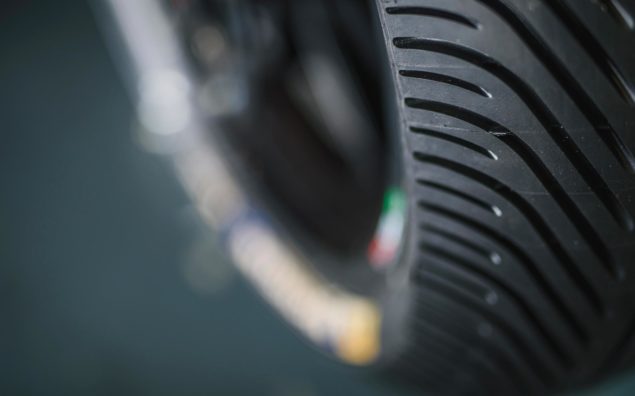
Can part two of the (melo)drama that is the 2017 MotoGP season live up to part one? It has been a wild ride so far, but like any great fairground ride, we have ended up more or less back where we started.
Just five points separate Marc Márquez and Maverick Viñales at the top of the championship, and Valentino Rossi in fourth is only ten points behind Márquez, with Andrea Dovizioso in between, a point behind Viñales.
If Márquez does not win the Czech Grand Prix at Brno on Sunday, there is every chance the championship will have a new leader. If there is, it would be the fifth time the title lead had changed hands so far this year. It has been a wild ride indeed.
So how did we get here? Through a mixture of rider swaps, tire changes, weird weather, and changing track conditions. Add in a healthy dose of spec electronics, the loss of winglets for this season, and a brace of astonishing rookies, and you have an explosive mixture.
At Mugello, perhaps the nearest thing we have had to a normal MotoGP weekend this year, the gap from the winner, Andrea Dovizioso, to Jack Miller in fifteenth was 30.7 seconds, with 50 seconds covering all 20 finishers.
In 2015, 30 seconds covered just the first eight riders. In 2013, only five other bikes finished within half a minute of the winner. Those kinds of gaps have been the rule for most of the modern era. But the old rules no longer apply.
Michelin can take much of the credit, or shoulder much of the blame, depending on your perspective. In their second year back in MotoGP, the French tire manufacturer have been a much more stable force in the series, the tires changing less this year than in 2016.
But that has not stemmed the complaints: there have been a string of riders muttering that the Michelins are not up to scratch, that they change too much from one race to the next, and even from one day to the next.
Are their concerns valid? Michelin deny it, of course, and give a long list of entirely plausible reasons for the tires to react differently from day to day.

